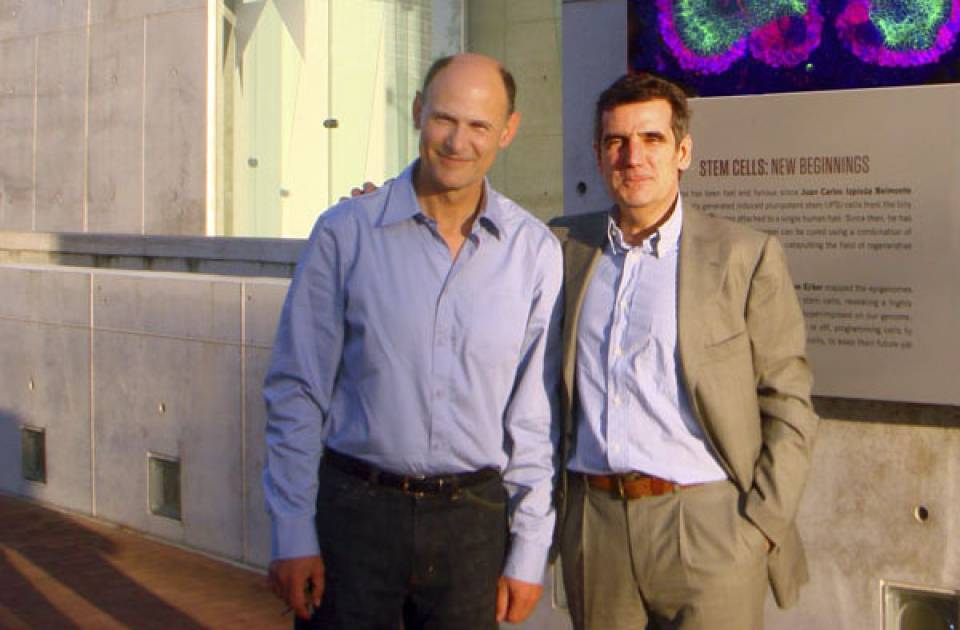Previous attempts to maintain cultures of the so-called nephron progenitor cells often failed, but now “We provide a proof-of-principle for how to make and maintain unlimited numbers of precursor kidney cells,” says Dr. Izpisua. “Having a supply of these cells could be a starting point to grow functional organs in the laboratory as well as a way to begin applying cell therapy to kidneys with malfunctioning genes.” Aside from a regenerative therapy to replace ailing organs, the scientists add that the NPCs could be used to model diseases in the lab. By introducing disease related mutations to the cells, researchers could study the onset and progression of the disease and gain new insights into the disease as well as screen and discover new treatment drugs.
NPCs, at least in humans, normally only exist during a brief stage of embryonic development. The cells go on to form nephrons, the functional units of the kidney, responsible for filtering the blood and excreting urine. But adults have no remaining NPCs to grow new kidney tissue after damage or disease. Generating NPCs in the lab, scientists believe, will offer a new way to study kidney development and eventually treat kidney diseases.
Previously, other methods have been used in order to create kidney precursor cells to survive in the laboratory. However, in these attempts , the NPC matured in adult kidney cells in a matter of days, leaving no steady population of progenitor cells to study. The discovery of Drs . Izpisua , Zhongwei Li, also at the Salk Instiute , Campistol and others showed that if they maintained the cells in a three-dimensional culture, rather than a flat dish, and used a new mixture of signaling molecules, they could maintain the NPCs for more than 15 months.
They went on to show that the cells—when moved to new conditions—could then be coaxed to develop into functional nephron-like structures both in the lab or when transplanted into animals. Next, the team used both human embryonic NPCs and human NPCs generated from stem cells to tweak the protocol for human use. Again, they were able to maintain the NPCs long term.
What remains to be done
Next, the researchers would like to investigate how to culture the other types of progenitor cells that are required for a full kidney, in addition to the nephrons formed by NPCs. “There are several progenitor cells that work together to make a whole organ,” says Li. “If we can culture the other progenitor cells as well, we’ll be closer to building a transplantable kidney.”. On the other hand, "the 3D culture strategy used in our study can potentially be applied to other lineage progenitors for efficient formation of tissue organoids,” says co-first author Jun Wu, Salk research associate.
Source: Salk Institute
Bibliographic reference:
3D Culture Supports Long-Term Expansion of Mouse and Human Nephrogenic Progenitors
Zhongwei Li, Toshikazu Araoka, Jun Wu, Hsin-Kai Liao, Mo Li, Marta Lazo, Bing Zhou, Yinghui Sui, Min-Zu Wu, Isao Tamura, Yun Xia, Ergin Beyret, Taiji Matsusaka, Ira Pastan, Concepcion Rodriguez Esteban, Pedro Guillen, Josep M. Campistol, and Juan Carlos Izpisua Belmonte.
Cell Stem Cell (2016) DOI: http://dx.doi.org/10.1016/j.stem.2016.07.016

